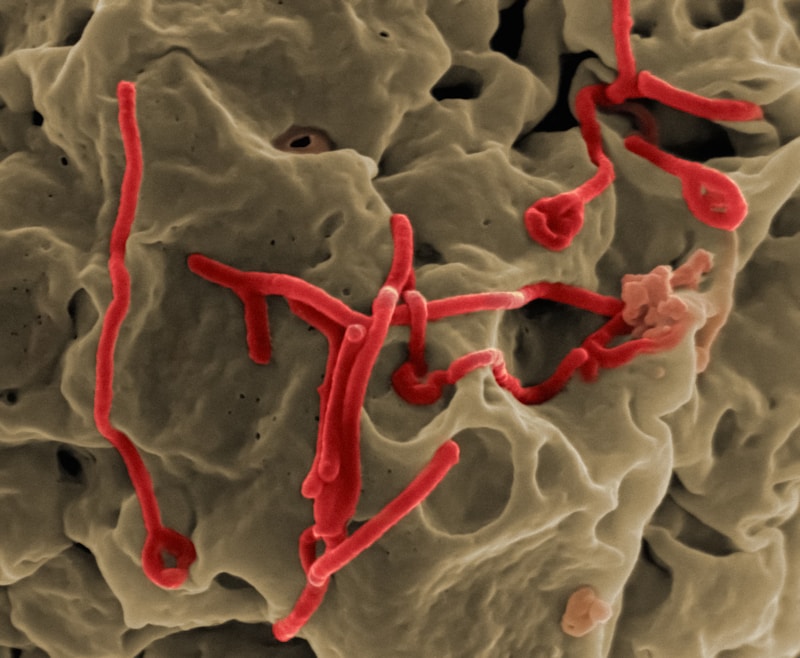11 Questions
Which part of the nervous system forms in the lateral ventricles in the choroids plexus of the pia mater?
Cerebrospinal fluid
Where does the spinal cord extend from according to the text?
From the medulla oblongata to the lower border of the first lumber vertebrae
Which part of the nervous system consists of cervical, thoracic, lumber, and sacral nerves?
Peripheral Nervous System
In assessment of Pediatric Neurological Disorders, what may be assessed under 'Vital signs'?
Monitoring changes in blood pressure and heart rate
What is assessed under 'Motor function' when evaluating Pediatric Neurological Disorders?
Evaluating movement and spontaneity
What is a common clinical manifestation of increased intracranial pressure in infants?
Distended scalp veins and poor feeding
Which sign in infants may indicate increased intracranial pressure?
MacEwen (cracked-pot) sign
What procedure involves measuring cerebrospinal fluid pressure in children with suspected increased intracranial pressure?
Lumbar puncture (LP)
Which factor may lead to neural tube defects in infants?
Folic acid deficiency
In pediatric neurological disorders, what can cause developmental abnormalities?
Meningitis infection
What type of neoplasm may lead to abnormal tissue growth in the brain or spinal cord of children?
Chemical exposure-causing neoplasm
Study Notes
Recognizing Intestinal Obstructions: Understanding Key Signs
An intestinal obstruction occurs when something disrupts the normal flow of food and fluids through your digestive system. This can lead to a buildup of gas, fluid, and waste material, potentially causing severe discomfort and even life-threatening complications if left untreated. To better understand and address this issue, it's essential to be aware of the most common signs of an intestinal obstruction.
1. Abdominal pain
The first and most common sign is abdominal pain, which is typically described as crampy, constant, and severe. The pain may be localized to the area where the obstruction is taking place, but it can also be experienced as a generalized discomfort throughout the abdomen. This pain often worsens with eating and may be accompanied by bloating or swelling.
2. Vomiting
Obstructions can cause a backup of food and fluids in the digestive system, leading to vomiting. The contents of the vomit may include undigested food, bile, or both. Vomiting is more common in cases of small bowel obstructions, while large bowel obstructions may present with constipation rather than vomiting.
3. Constipation
Constipation—defined as infrequent or difficult bowel movements—is another common sign of an intestinal obstruction, especially when it comes to large bowel obstructions. The inability to pass stool, combined with abdominal pain and bloating, can indicate a partial or complete blockage in the colon.
4. Bowel sounds
A decrease in bowel sounds, or the absence of bowel sounds altogether, may be a sign of an intestinal obstruction. Bowel sounds are the gurgling or rumbling noises produced by the movement of gas and fluid through the digestive system. The absence of these sounds may indicate that the intestines have become blocked, preventing the normal movement of gas and fluids.
5. Swelling and distention
A noticeable swelling or distention of the abdomen is another potential sign of an intestinal obstruction. This swelling occurs when gas, fluids, and waste material build up in the digestive system. The distention may be localized to a specific area or generalized throughout the abdomen.
6. Fever
A low-grade fever may also be a sign of an intestinal obstruction. This fever can result from the inflammation of the intestinal wall, the accumulation of waste material, or the presence of infection.
7. Dehydration
As the intestinal obstruction prevents the normal absorption of water, electrolytes, and nutrients, it can lead to dehydration. The inability to maintain hydration can exacerbate the discomfort and complications associated with an intestinal obstruction.
While these signs can help you recognize an intestinal obstruction, it's essential to consult a healthcare professional if you suspect an obstruction. A prompt diagnosis and treatment are crucial to prevent complications and improve the chances of a successful recovery. If left untreated, an intestinal obstruction can lead to severe complications, including perforation of the intestinal wall and sepsis.
In conclusion, understanding the signs of an intestinal obstruction can empower you to seek prompt medical attention and improve your chances of a successful recovery. If you experience persistent or severe abdominal pain, vomiting, constipation, a decrease in bowel sounds, swelling or distention, fever, or dehydration, it's essential to consult a healthcare professional as soon as possible. With proper diagnosis and treatment, intestinal obstructions can be effectively managed, and your health can be restored to its normal state.
Learn about the common signs of intestinal obstructions, including abdominal pain, vomiting, constipation, bowel sounds, swelling, fever, and dehydration. Understanding these signs can help in seeking timely medical intervention and improving recovery chances from this serious condition.
Make Your Own Quizzes and Flashcards
Convert your notes into interactive study material.





